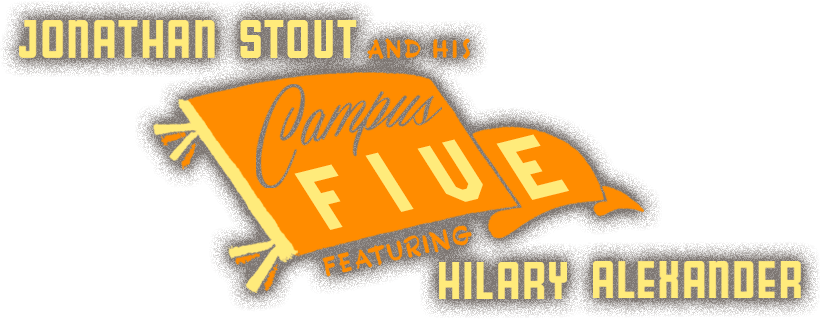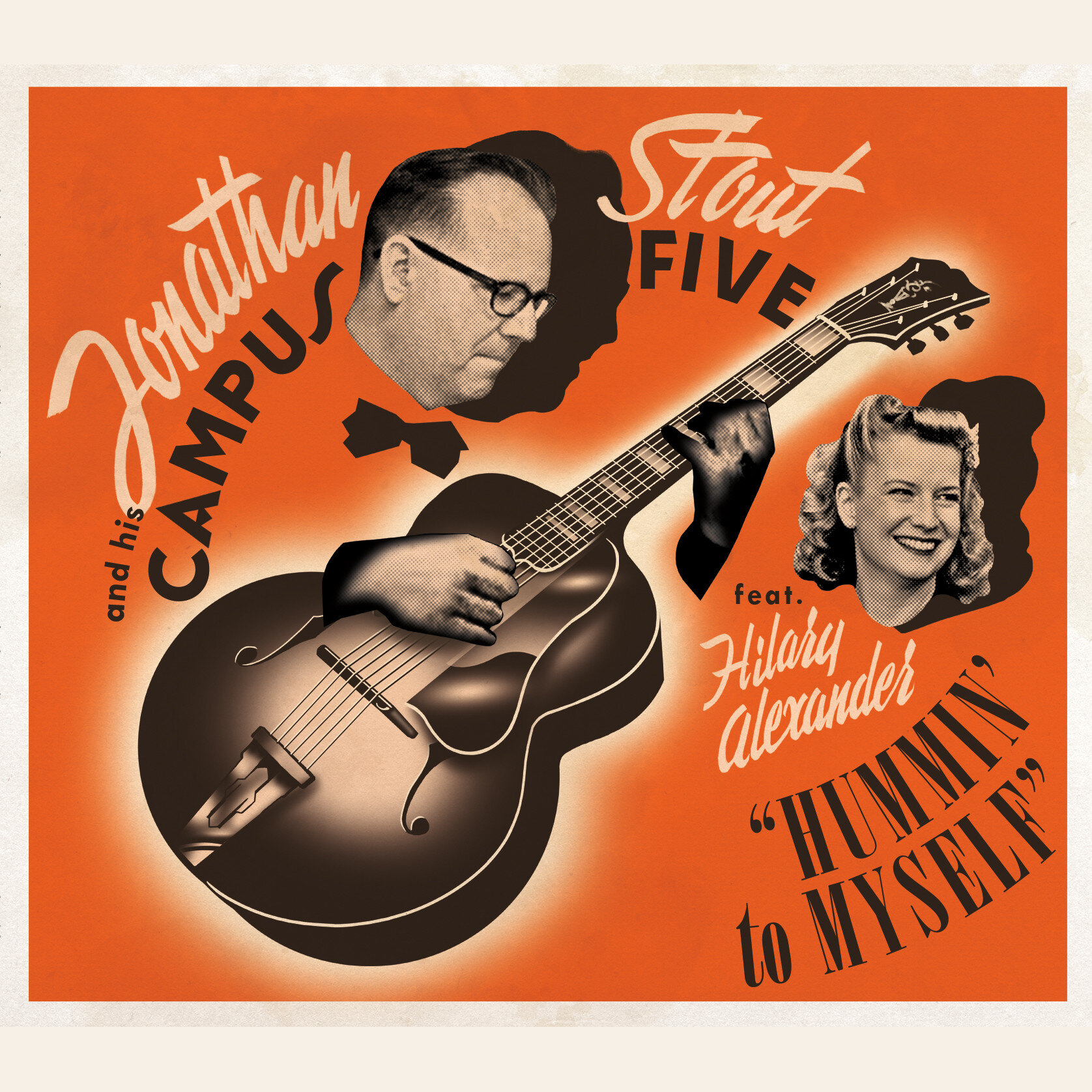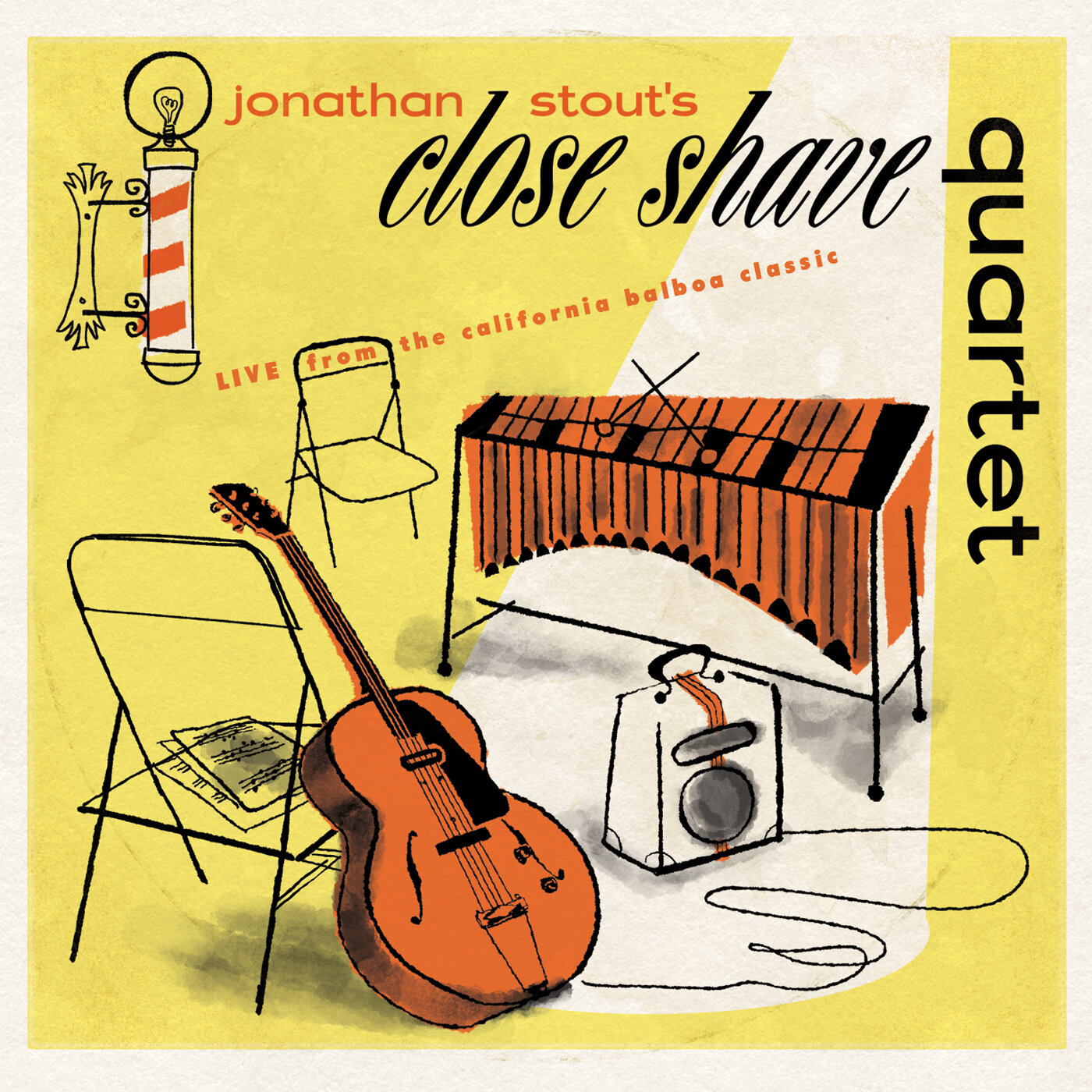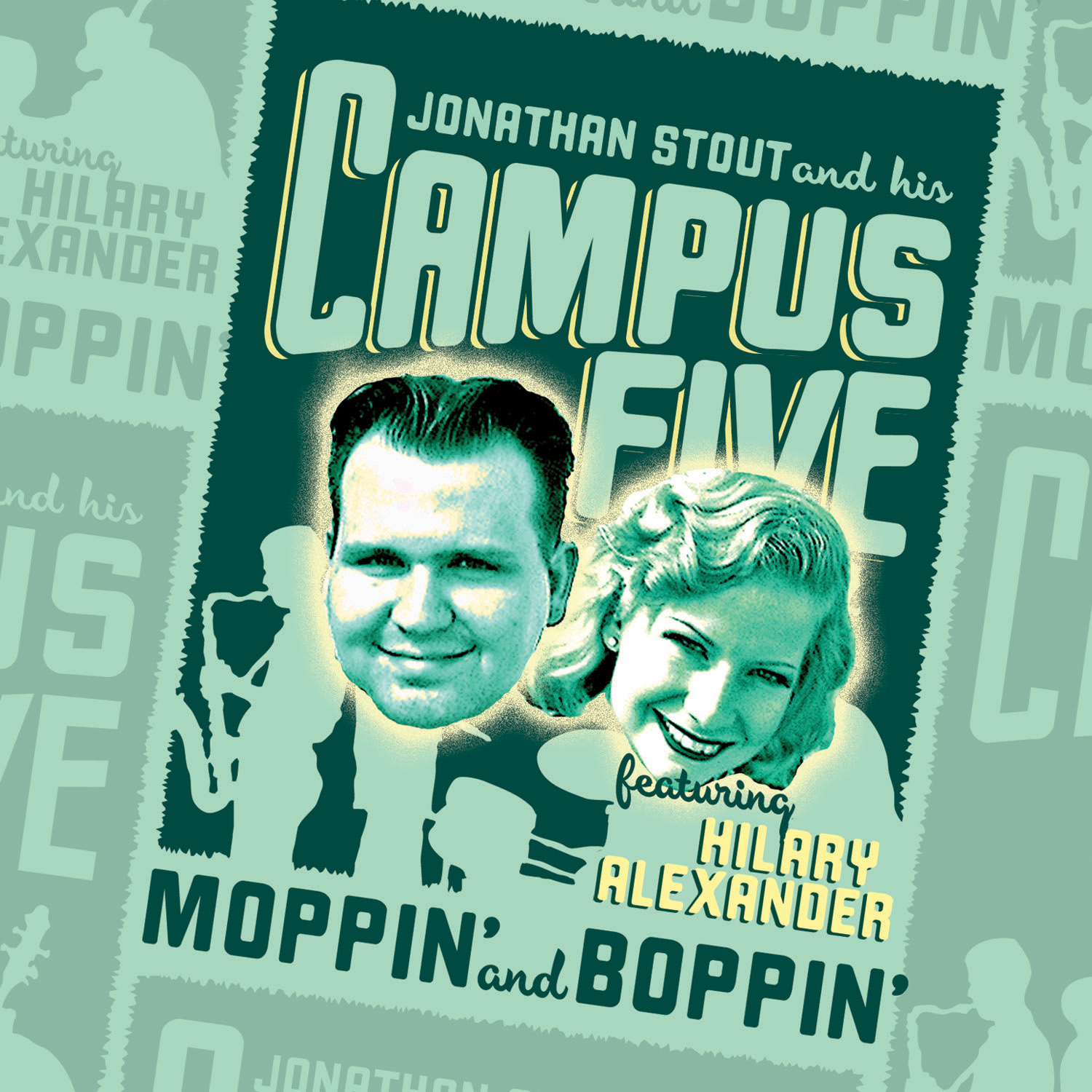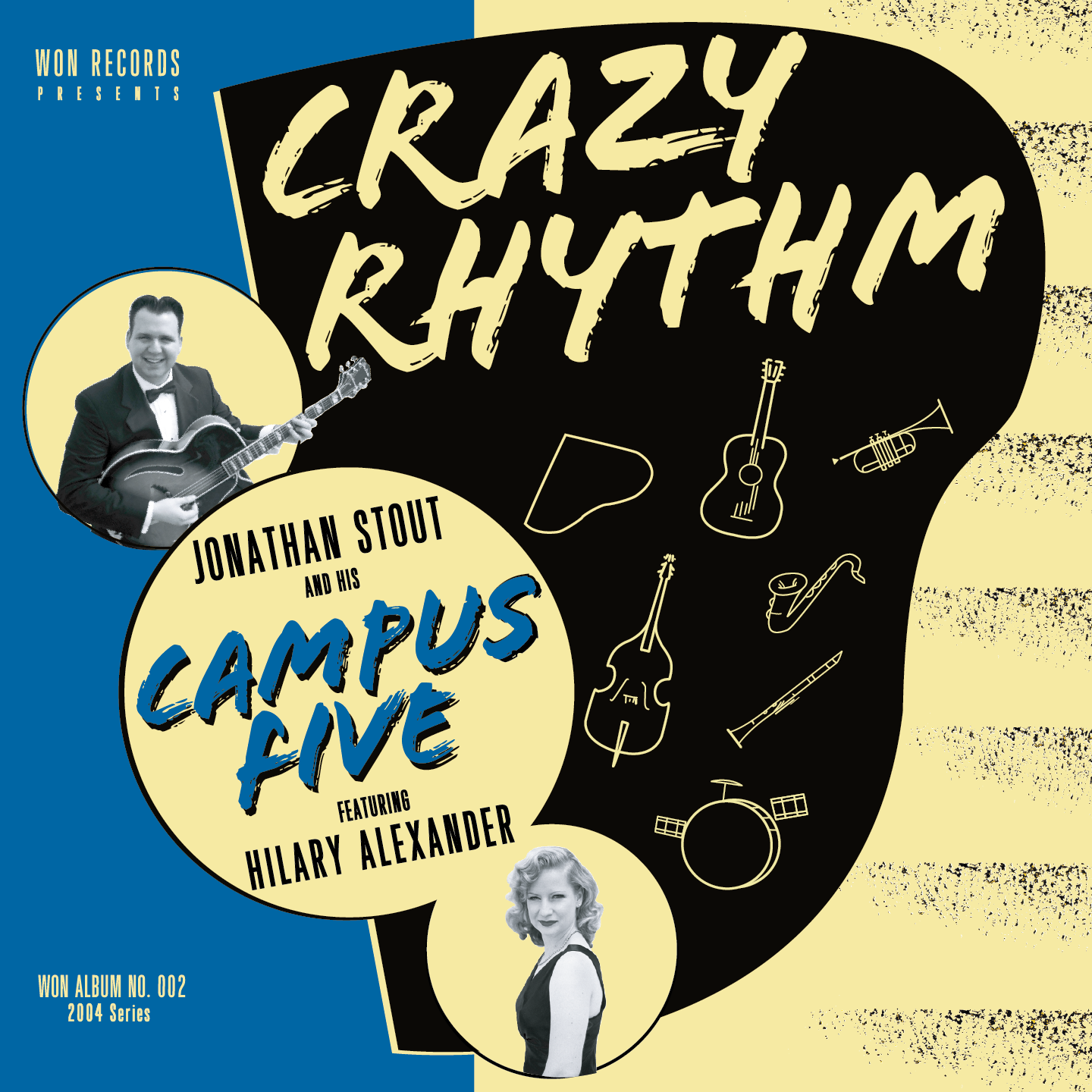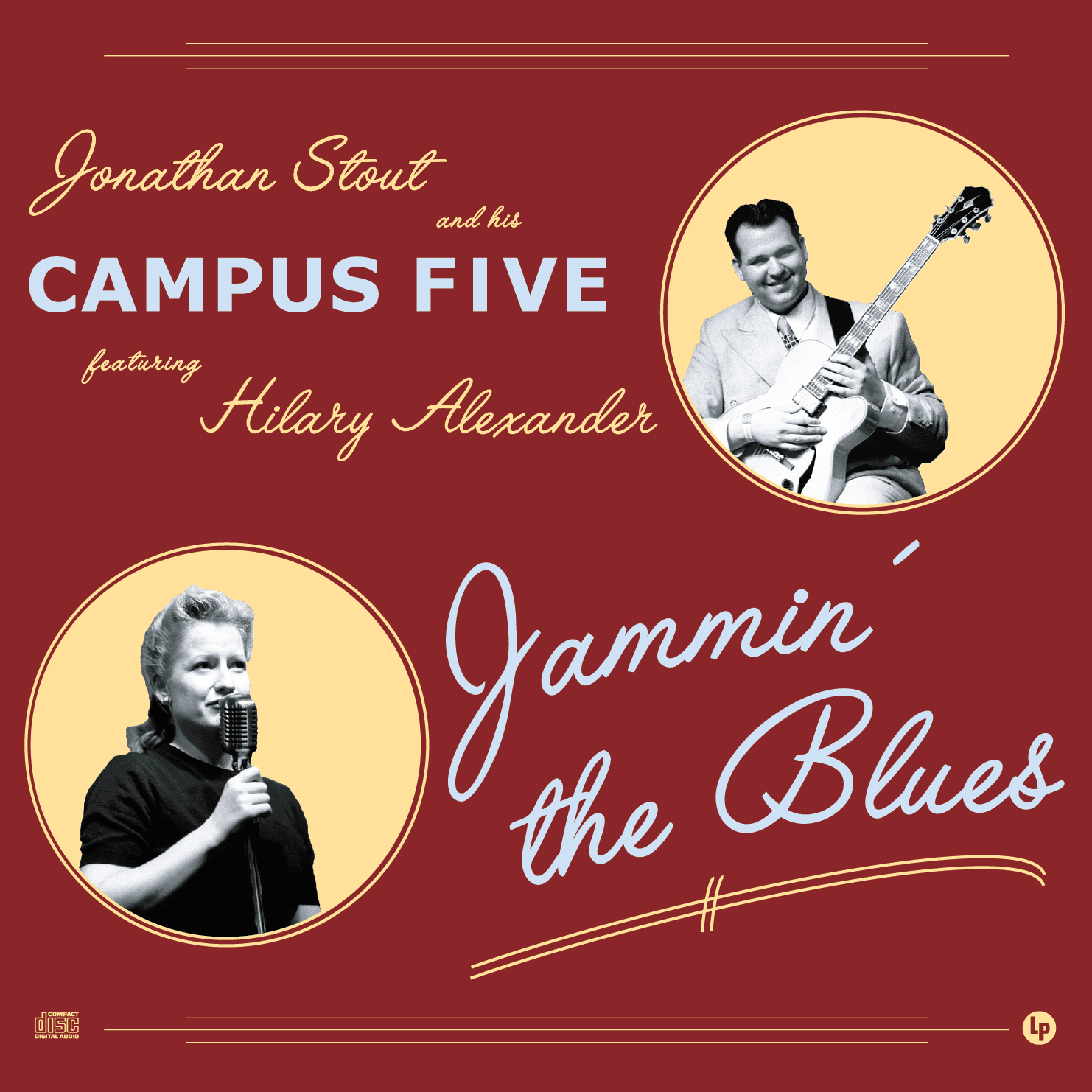Rhythm Guitar: I Can't Give You Anything But Love
/A great tune to start learning both swing rhythm guitar and swing harmony is "I Can't Give You Anything But Love." The tune's chords don't move too fast, and every one of the chordal movements are classic swing moves.
I Can't Give You Anything But Love (PDF)
First, take a look at the chord extensions used for proper swing harmony.
1. Note that the I and IV chords (Ab and Db) are both voiced as 6th chords. This definite of Swing harmony - Bebop harmony would always go with a maj7 instead.
2. Notice that all minor chords are minor 6 chords, unless they are part of a vi7-ii7 move or a ii7-V7 move. Minor7 chords imply a Dorian sound (which is very bebop - think Miles Davis' "So What"), and were only used in during the swing era for backcycling, like in a I6-vi7-ii7-V7 sequence.
Second, let's take the changes transition-by-transition.
1. The first 4 bars is a classic I-biiiº-ii7-V7 sequence. When moving from I to ii7, a diminished passing chord is very common, and you can approach the ii7 from half step in either direction (in Ab, either a Aº or Bº, going to the Bbm7). In this song, the melody happens to fit better over the Bº, so we'll stick with that. (but the melody will be another post).
2. After repeating the first 4 bars, the next eight are a classic I7-IV6-II7-V7 sequence. This sequence is found in all sorts of songs, not the least of which is the bridge to "Honeysuckle Rose." Now, bear with me on the numbers for a second - the I7 (which functions as V chord) goes to the IV6 (which is now the I, at least temporarily) - this basically just V-I move in disguise. The II7-V7 move is just another classic backcycle. Stopping in between at ii7, is just a way to smooth out the movement.
3. After repeating the first 4 bars again, the next sequence is again classic. Again there's a I7-IV6 move, but this time it's followed by a IV6-iv6-I6 sequence. As with the diminished passing chord above, the movement suggested by the IV-iv move, could also go the other direction, and instead be IV-#ivº (which would be Db6-Dº). You can find this move in many turnarounds, and especially in any song based on "Rhythm Change" (i.e. the chords to "I Got Rhythm").
4. Finally, the last move is more classic backcycling. I-VI7-ii7-V7 can be found in countless songs. The I-VI7 move contains one important voice leading movement, which is the root raising a half step (the Ab from the Ab6 chord becomes an A natural in the F7 chord). Once you get to the F7 chord, it's all just backcycling from there.
We'll come back to this tune and work through some more complex rhythm guitar voice leading.
